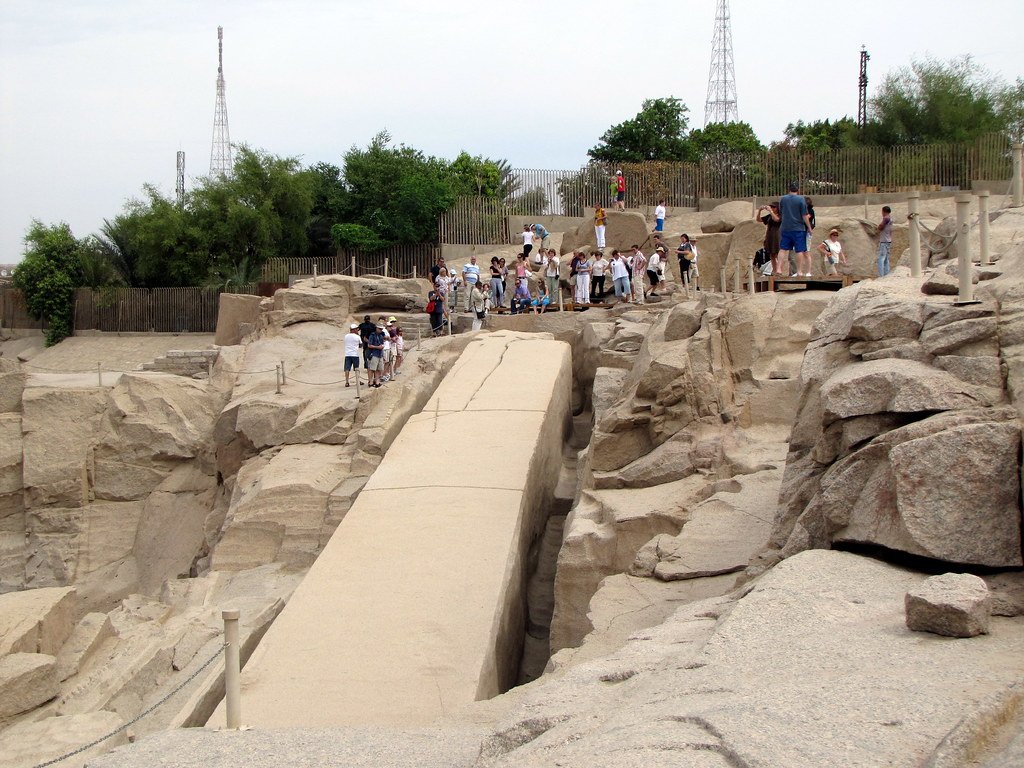Imagine waking up to a world where every compass needle swings south, auroras spill over Miami, and pilots update cockpit charts as routinely as weather briefings. That sounds like science fiction, but Earth has flipped its magnetic poles many times, and it will do so again. The puzzle has never been whether a reversal happens, but how the transition plays out for climate, technology, and the creatures that navigate by an invisible force. Scientists now read the planet’s magnetic diary in cooled lava, tree rings, and satellite maps, revealing a story far more nuanced than apocalypse or shrug. It’s a slow-burn drama with surprises, and it touches everything from how satellites age to how sea turtles find home.
The Hidden Clues: From Stone Records to Supercomputers

Basalt cooled on the seafloor locks in the direction of Earth’s field like tiny iron tape recorders, leaving zebra-like stripes that mirror across mid-ocean ridges. Ash beds and lava flows on land add timestamps, anchoring a global timeline of past flips and brief hiccups known as excursions. Tree rings and ice cores capture the fallout of space weather during weak-field periods, when cosmic rays leave telltale isotopes that spike like exclamation marks.
Modern satellites sketch today’s field in high definition, tracing dents and wrinkles such as the South Atlantic Anomaly where radiation dips closer to orbiting hardware. Supercomputer models ingest these data to simulate the molten iron dynamo roiling in Earth’s core, testing how turbulence topples the magnetic geometry from one polarity to the other. I keep a little camping compass on my desk; watching it twitch near a power strip is a humbling reminder of how easily a field can be nudged.
The Flip Itself: How a Planet Changes Its Mind
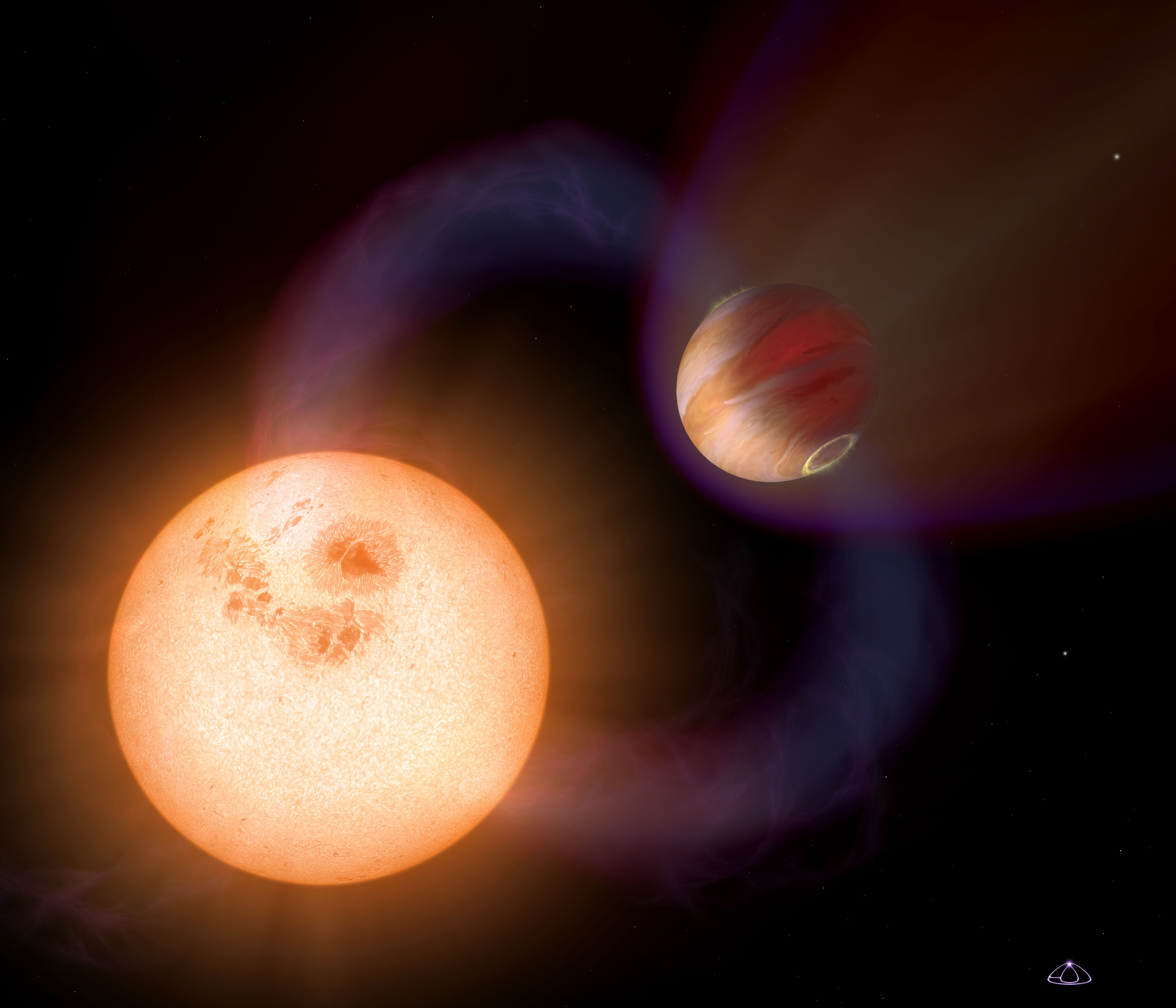
A reversal is not a light switch but a choreography that unfolds over centuries to millennia. The global dipole weakens, magnetic north and south splinter into wandering patches, and the field can look lopsided or even multipolar for a while. Eventually a new, stable dipole emerges with reversed polarity, and compasses – after a confusing interim – settle on their new normal.
The last full reversal occurred approximately 780,000 years ago, and shorter episodes like the Laschamp excursion around 42,000 years ago provide a dress rehearsal. During such intervals, the field can drop to a small fraction of its usual strength, inviting more charged particles into near-Earth space and shifting the zones where auroras ignite. It’s a messy, dynamic transition, but it’s also survivable – life has crossed this bridge many times.
Climate Signals: Subtle Shifts, Not Sudden Catastrophe
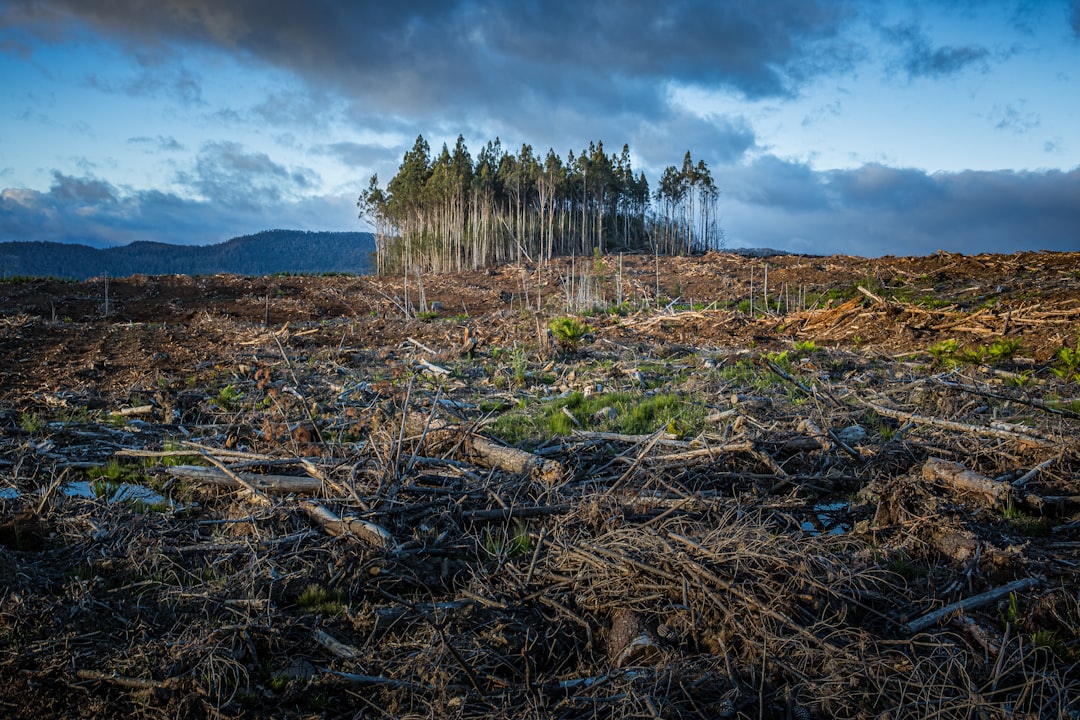
Past flips do not line up with mass extinctions or abrupt global climate pivots, and that’s an important anchor against doomsday myths. Greenhouse gases, ocean circulation, volcanic aerosols, and the Sun’s variability dominate climate on human timescales, while geomagnetic changes play a supporting role. When the field weakens, more high-energy particles can reach the upper atmosphere, nudging ozone chemistry and ionization in ways scientists can track but not in ways that rewrite the climate script alone.
Tree rings show radiocarbon spikes during weak-field episodes, evidence of enhanced cosmic-ray activity rather than runaway surface warming. Regional weather patterns might be modulated at the margins through space-weather coupling, yet the big levers remain the familiar ones we measure every day. The short version: a flip doesn’t hand us a climate shortcut, and it doesn’t spare us from the choices we make about emissions.
Navigation and Satellites: Rewriting the Playbook
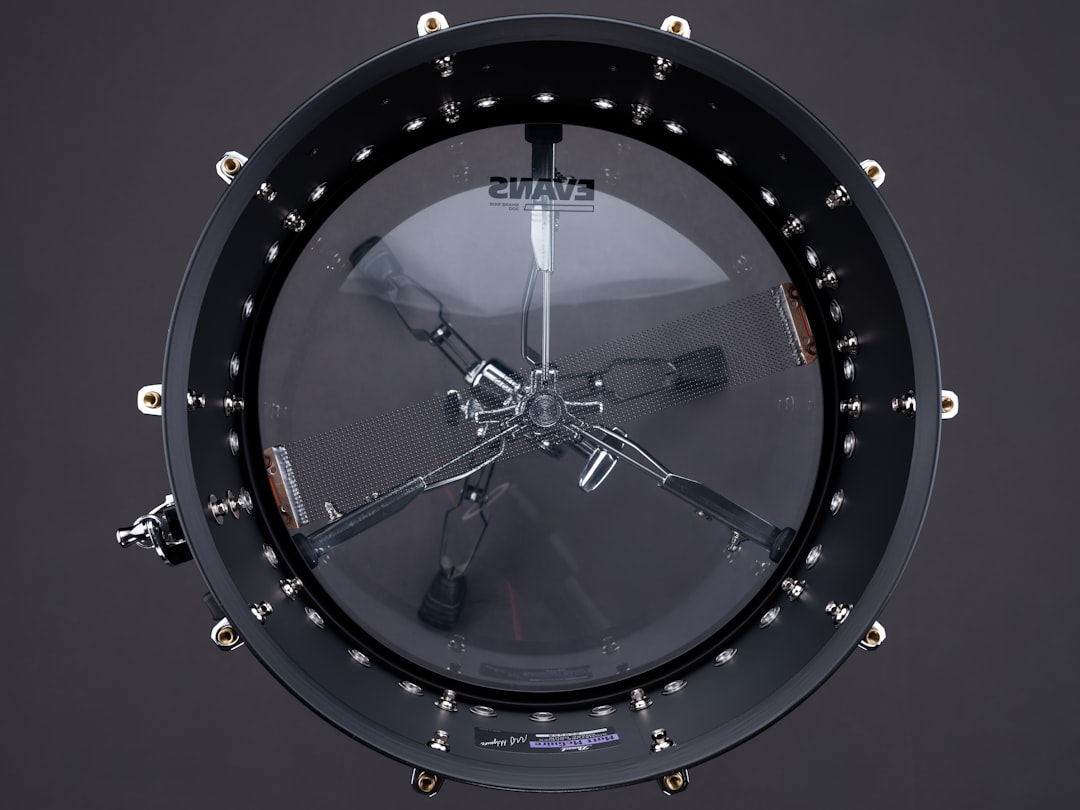
Humans have long leaned on magnetic north for everything from surveying boundary lines to labeling airport runways, which are occasionally renumbered as the pole wanders. A prolonged reversal would force more frequent updates to aviation charts, maritime routing, and smartphone compass calibrations. Global navigation satellite systems don’t care about polarity, but they do care about space weather, which gets noisier when the magnetic shield is weak.
Satellites traversing radiation-prone regions accrue more electronic stress, prompting operators to harden components, schedule sensitive operations strategically, and build graceful fallbacks when sensors glitch. Low-orbit spacecraft can also feel extra atmospheric drag during solar storms, shortening lifetimes if planning is lax. On the ground, pipeline monitoring and directional drilling that reference magnetic bearings would simply switch playbooks as models update.
Animal Migration: When the Compass Goes Fuzzy

Many migrants – songbirds, sea turtles, salmon, even certain insects – carry a magnetic sense that helps them chart vast routes. Experiments that alter local magnetic fields can nudge these animals off course, demonstrating how sensitive their internal compasses can be. During storms, some species briefly lose their bearings, then recalibrate using the Sun, stars, landmarks, and smell.
That redundancy is the real story during a flip: nature rarely bets everything on one instrument. Evolution has shepherded countless species through previous reversals, and there is no fossil signal of a global migration collapse tied solely to magnetism. Disruptions may be real but transient, more like a fog bank than a brick wall.
Why It Matters

We live in an age where a minute of satellite outage ripples into delayed flights, rerouted ships, and financial trades waiting in digital queues. Understanding reversals reframes risk from spectacle to logistics: longer transition, localized hazards, manageable with preparation. It also sharpens communication, replacing vague fear with specific, testable scenarios engineers can design around.
Compared with older rules of thumb – tap a compass, trust the needle – we now integrate real-time magnetic models into navigation and survey tools. That leap reduces human error while acknowledging the field’s fluidity. In practice, the difference between surprise and resilience is simply lead time and shared, trustworthy data.
The Future Landscape
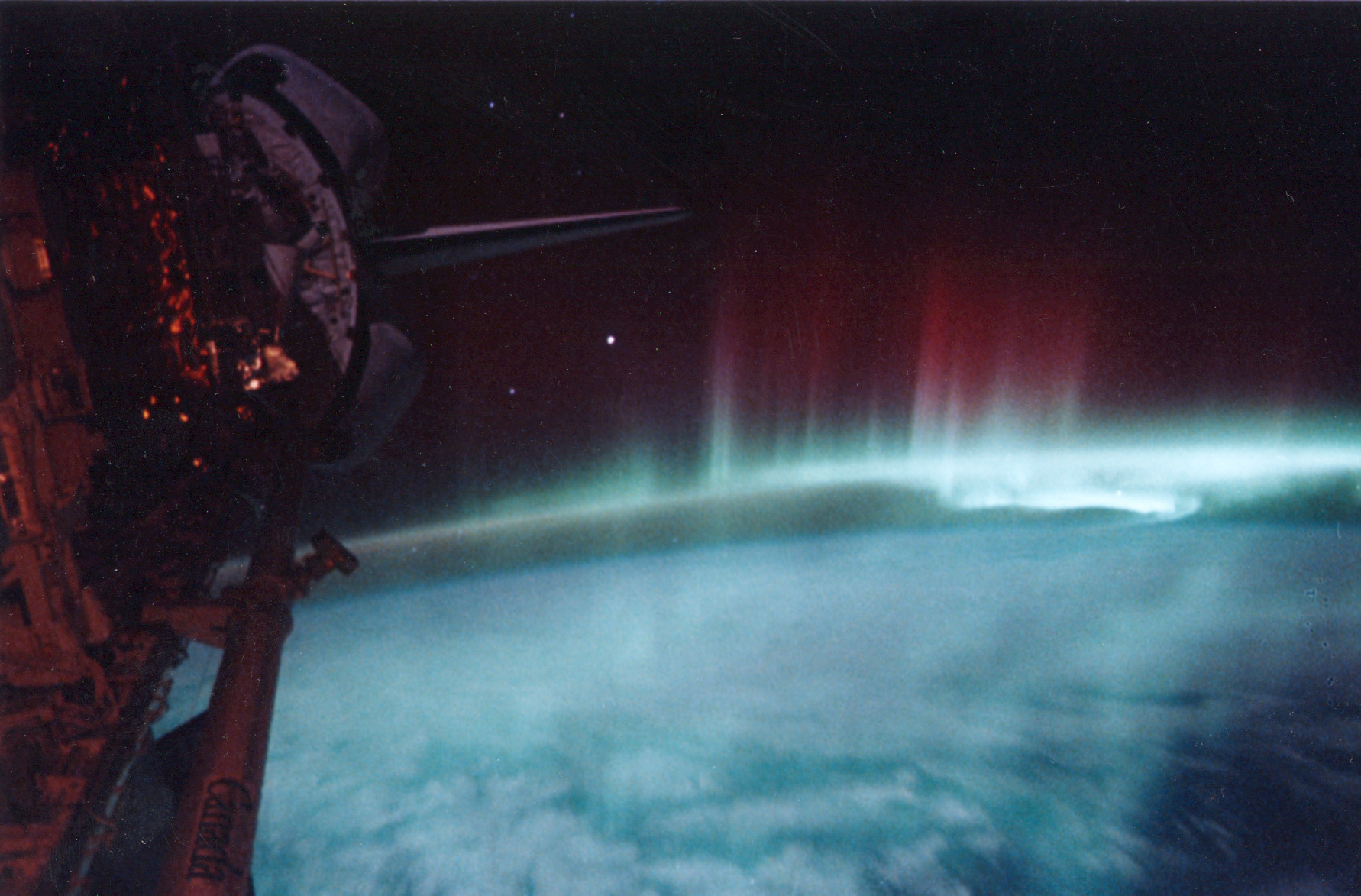
Next-generation satellites map the field with better precision, while dense ground observatories feed continuous streams for data assimilation – turning messy magnetism into forecast maps. Core-flow models are merging with ionospheric and radiation-belt physics to anticipate when and where space weather bites hardest. That fusion helps operators time software uploads, schedule instrument shutoffs, and choose orbits that trade scientific reach for survivability.
On Earth, alternative timing signals and terrestrial backups such as enhanced low-frequency navigation offer a safety net if space gets rowdy. Aviation and power-grid planners are adopting playbooks that treat geomagnetic variability like a seasonal hazard rather than a rare shock. The overall picture is pragmatic: design for bumps, not for a cliff.
Conclusion
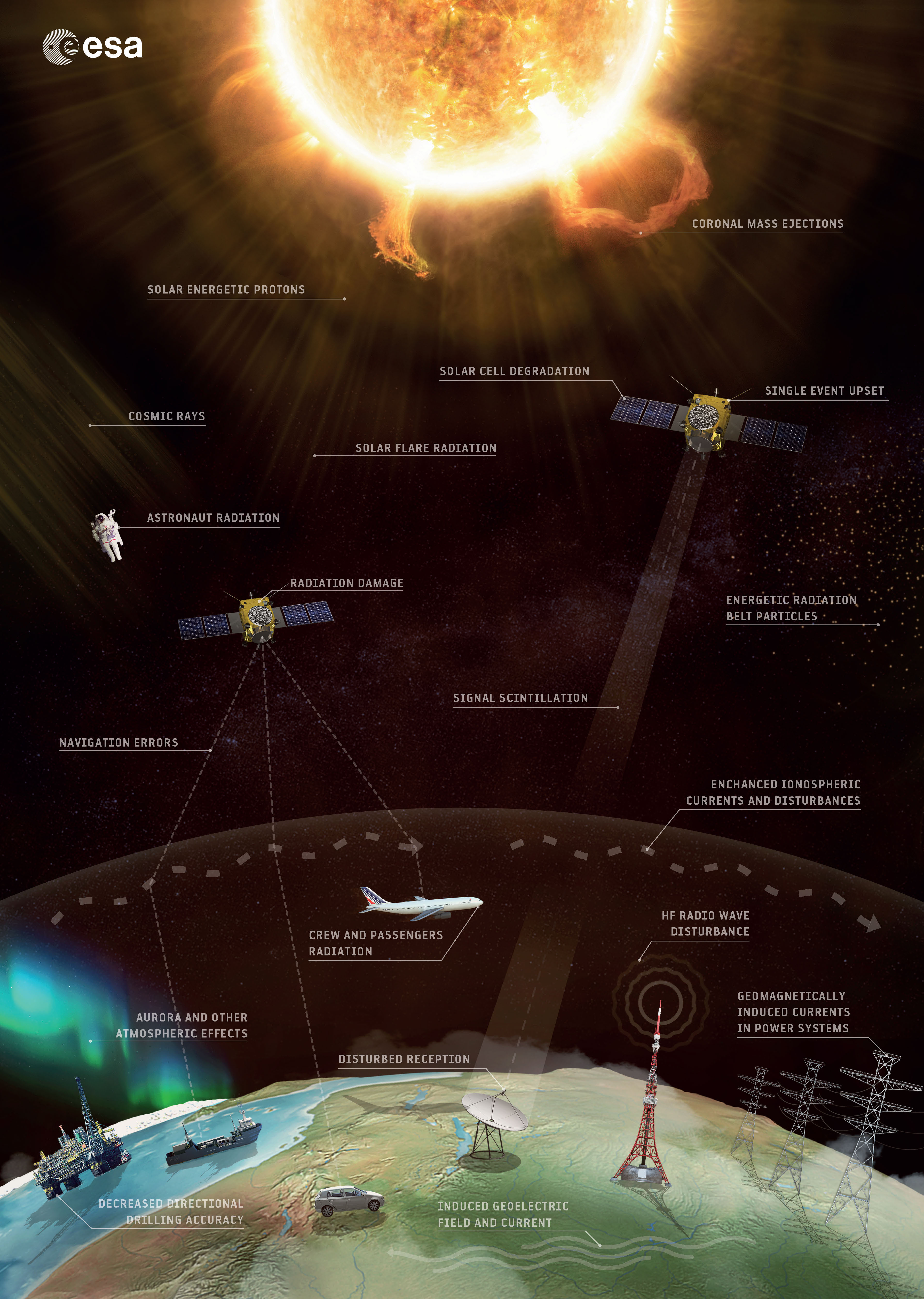
Support the quiet infrastructure that makes all of this visible: regional magnetometer stations, long-term geological surveys, and the satellites that stitch their data together. Encourage policymakers to fund space-weather readiness alongside other public-safety planning, from aviation to emergency communications. If you’re a pilot, mariner, surveyor, or outdoor navigator, keep your software models current – and keep basic analog skills in your pocket.
Help wildlife by reducing night lighting along coasts and flyways during peak migrations, easing the burden when natural compasses face extra noise. Teachers and community groups can adopt school magnetometers or join citizen-science campaigns, turning curiosity into local data. Small steps now turn a distant planetary flip into a thoroughly manageable chapter rather than a plot twist.

Suhail Ahmed is a passionate digital professional and nature enthusiast with over 8 years of experience in content strategy, SEO, web development, and digital operations. Alongside his freelance journey, Suhail actively contributes to nature and wildlife platforms like Discover Wildlife, where he channels his curiosity for the planet into engaging, educational storytelling.
With a strong background in managing digital ecosystems — from ecommerce stores and WordPress websites to social media and automation — Suhail merges technical precision with creative insight. His content reflects a rare balance: SEO-friendly yet deeply human, data-informed yet emotionally resonant.
Driven by a love for discovery and storytelling, Suhail believes in using digital platforms to amplify causes that matter — especially those protecting Earth’s biodiversity and inspiring sustainable living. Whether he’s managing online projects or crafting wildlife content, his goal remains the same: to inform, inspire, and leave a positive digital footprint.



